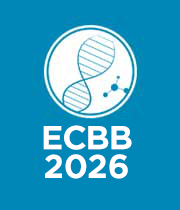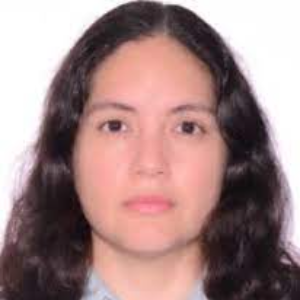Title: Diversity of cadmium repressor genes and their use in whole cell biosensors
Abstract:
Cadmium is a toxic heavy metal that is present as a contaminant in water and soil. Despite this, there are microorganisms that have developed tolerance and resistance to this metal due to their continuous exposure. The most common strategy in microorganisms is to activate the expression of an efflux pump; in other cases, they store the metal in special compartments when the safe concentration within the cell is exceeded. Under normal conditions, the gene for this pump is repressed by a transcription factor. When cadmium enters the cell, it binds to the transcription factor, allowing for the release of DNA and consequently permit the transcription of the efflux pump. There are three important groups of cadmium repressors: CadC, CmtR, and CadR, the first two belonging to the SmtB/Ars family of transcription factors, and the latter to the MerR family. These repressors are distributed in different species throughout the planet, and although they are not completely specific to cadmium, they have a great affinity for this metal and can be used in the construction of biosensors for environmental monitoring purposes
Audience Take Away Notes :
- The project will provide information of the diversity of repressors genes and their regulation. So, we can use them in the design of genetic circuits to detect heavy metal.
- Since most of these genes are not well studied, we provide an approach on how to identify their regulation sequences and if they can be used when interchange those sequences.
- Biosensors tend to stay in the labs but few of them go to the field, so we expect to use this biosensor in real situation and explain what the difficulties are involved



